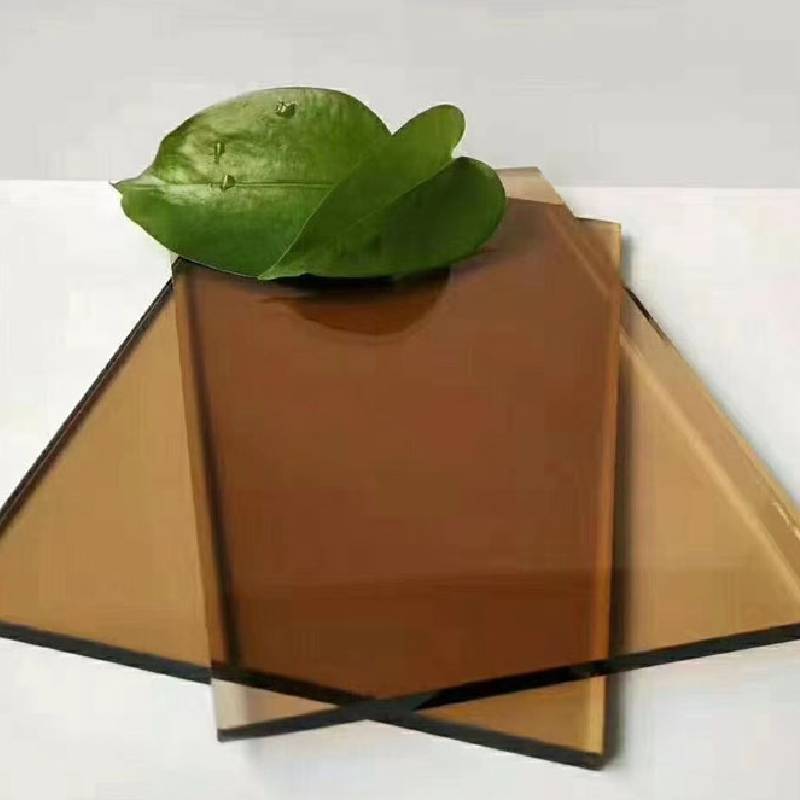Tempered Glass A Versatile Material for Modern Applications
Tempered glass, also known as toughened glass, has become a cornerstone in various industries due to its unique properties and versatility. This type of glass is made by heating it to high temperatures and then cooling it rapidly, a process known as tempering. This technique results in a glass that is significantly stronger than ordinary glass, making it ideal for applications where safety and durability are paramount.
One of the most notable characteristics of tempered glass is its enhanced strength. It can withstand impacts and heavy loads that would shatter regular glass. This feature is particularly important in architectural applications, where large glass panels are used in buildings, facades, and skylights. The ability to resist stress and weather extremes makes tempered glass a preferred choice for both commercial and residential structures. Notably, in case of breakage, tempered glass shatters into small, blunt pieces, reducing the risk of injury compared to traditional glass, which can shatter into sharp shards.
Tempered Glass A Versatile Material for Modern Applications
The use of tempered glass extends beyond architecture and interior design; it is also prevalent in the automotive industry. Car windows, particularly side windows and rear windows, are often made of tempered glass. This not only ensures passenger safety but also provides a clear view for drivers. The strength of tempered glass allows it to endure the demands of high-impact situations, making it a critical component in vehicle safety.
tempered glass used
Moreover, tempered glass plays a substantial role in the electronics sector. Many devices, such as smartphones, tablets, and laptops, utilize tempered glass for their screens, providing protection against scratches and breakage. The combination of clarity and durability makes it an ideal choice for protecting sensitive electronic displays, ensuring that devices remain functional and aesthetically pleasing over time.
The manufacture of tempered glass also caters to environmental considerations. Many glass producers focus on sustainable practices by utilizing recycled materials in their products. Additionally, the energy efficiency offered by double or triple-glazed tempered glass can significantly reduce heating and cooling costs in buildings, contributing to eco-friendly designs and green architecture.
Despite its many advantages, the production of tempered glass is not without challenges. The tempering process requires highly controlled conditions, and any imperfections in the glass can lead to failure. As a result, manufacturers must adhere to strict quality assurance protocols to ensure that every piece of tempered glass meets safety and performance standards.
In conclusion, tempered glass is a material that embodies strength, safety, and versatility. Its application across various industries, from architecture and automotive to electronics, showcases its significance in modern design and technology. As we continue to innovate and enhance safety standards, tempered glass will undoubtedly remain a vital component, supporting both functionality and aesthetic enjoyment in our everyday lives.
 Afrikaans
Afrikaans  Albanian
Albanian  Amharic
Amharic  Arabic
Arabic  Armenian
Armenian  Azerbaijani
Azerbaijani  Basque
Basque  Belarusian
Belarusian  Bengali
Bengali  Bosnian
Bosnian  Bulgarian
Bulgarian  Catalan
Catalan  Cebuano
Cebuano  Corsican
Corsican  Croatian
Croatian  Czech
Czech  Danish
Danish  Dutch
Dutch  English
English  Esperanto
Esperanto  Estonian
Estonian  Finnish
Finnish  French
French  Frisian
Frisian  Galician
Galician  Georgian
Georgian  German
German  Greek
Greek  Gujarati
Gujarati  Haitian Creole
Haitian Creole  hausa
hausa  hawaiian
hawaiian  Hebrew
Hebrew  Hindi
Hindi  Miao
Miao  Hungarian
Hungarian  Icelandic
Icelandic  igbo
igbo  Indonesian
Indonesian  irish
irish  Italian
Italian  Japanese
Japanese  Javanese
Javanese  Kannada
Kannada  kazakh
kazakh  Khmer
Khmer  Rwandese
Rwandese  Korean
Korean  Kurdish
Kurdish  Kyrgyz
Kyrgyz  Lao
Lao  Latin
Latin  Latvian
Latvian  Lithuanian
Lithuanian  Luxembourgish
Luxembourgish  Macedonian
Macedonian  Malgashi
Malgashi  Malay
Malay  Malayalam
Malayalam  Maltese
Maltese  Maori
Maori  Marathi
Marathi  Mongolian
Mongolian  Myanmar
Myanmar  Nepali
Nepali  Norwegian
Norwegian  Norwegian
Norwegian  Occitan
Occitan  Pashto
Pashto  Persian
Persian  Polish
Polish  Portuguese
Portuguese  Punjabi
Punjabi  Romanian
Romanian  Russian
Russian  Samoan
Samoan  Scottish Gaelic
Scottish Gaelic  Serbian
Serbian  Sesotho
Sesotho  Shona
Shona  Sindhi
Sindhi  Sinhala
Sinhala  Slovak
Slovak  Slovenian
Slovenian  Somali
Somali  Spanish
Spanish  Sundanese
Sundanese  Swahili
Swahili  Swedish
Swedish  Tagalog
Tagalog  Tajik
Tajik  Tamil
Tamil  Tatar
Tatar  Telugu
Telugu  Thai
Thai  Turkish
Turkish  Turkmen
Turkmen  Ukrainian
Ukrainian  Urdu
Urdu  Uighur
Uighur  Uzbek
Uzbek  Vietnamese
Vietnamese  Welsh
Welsh  Bantu
Bantu  Yiddish
Yiddish  Yoruba
Yoruba  Zulu
Zulu 

